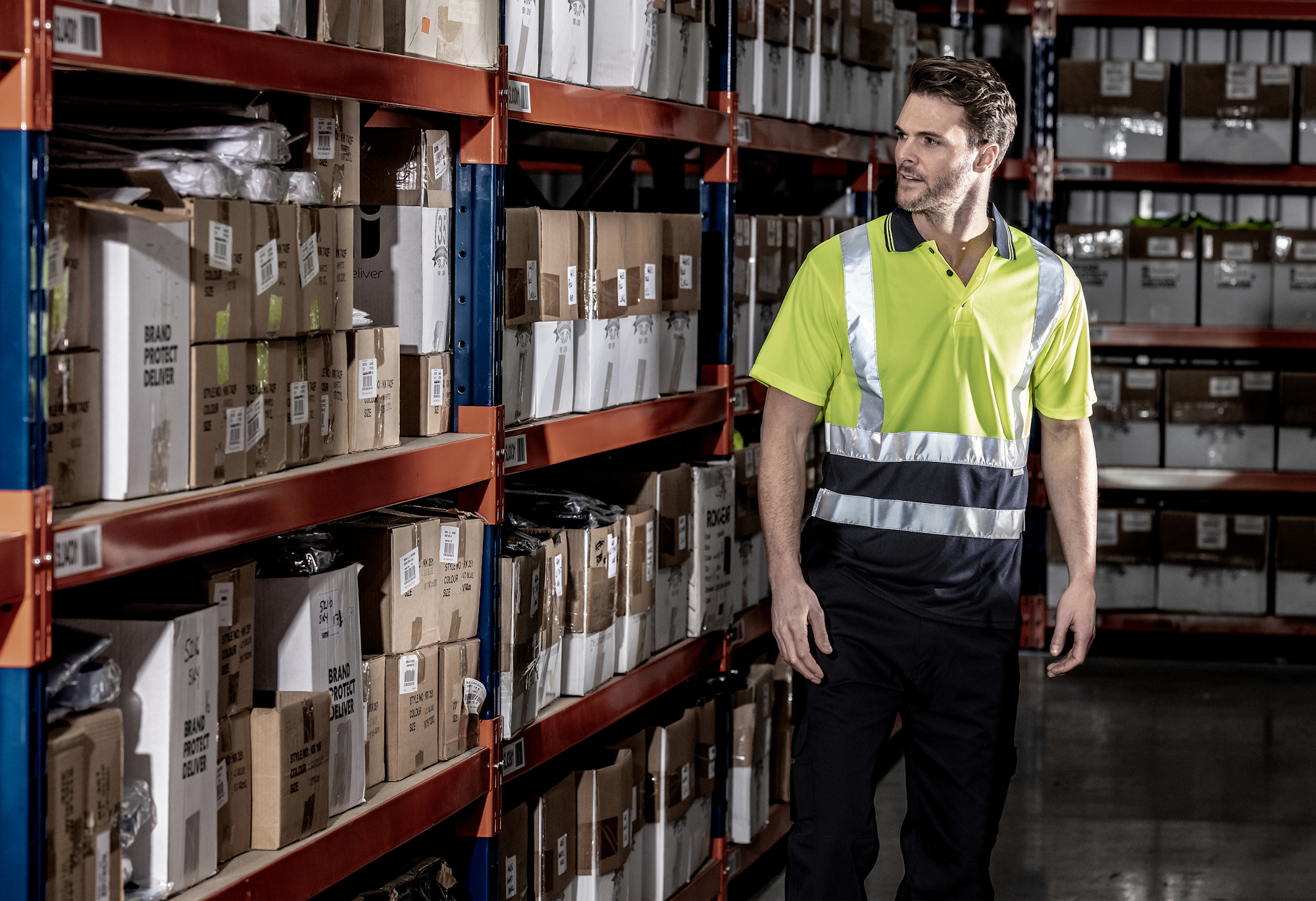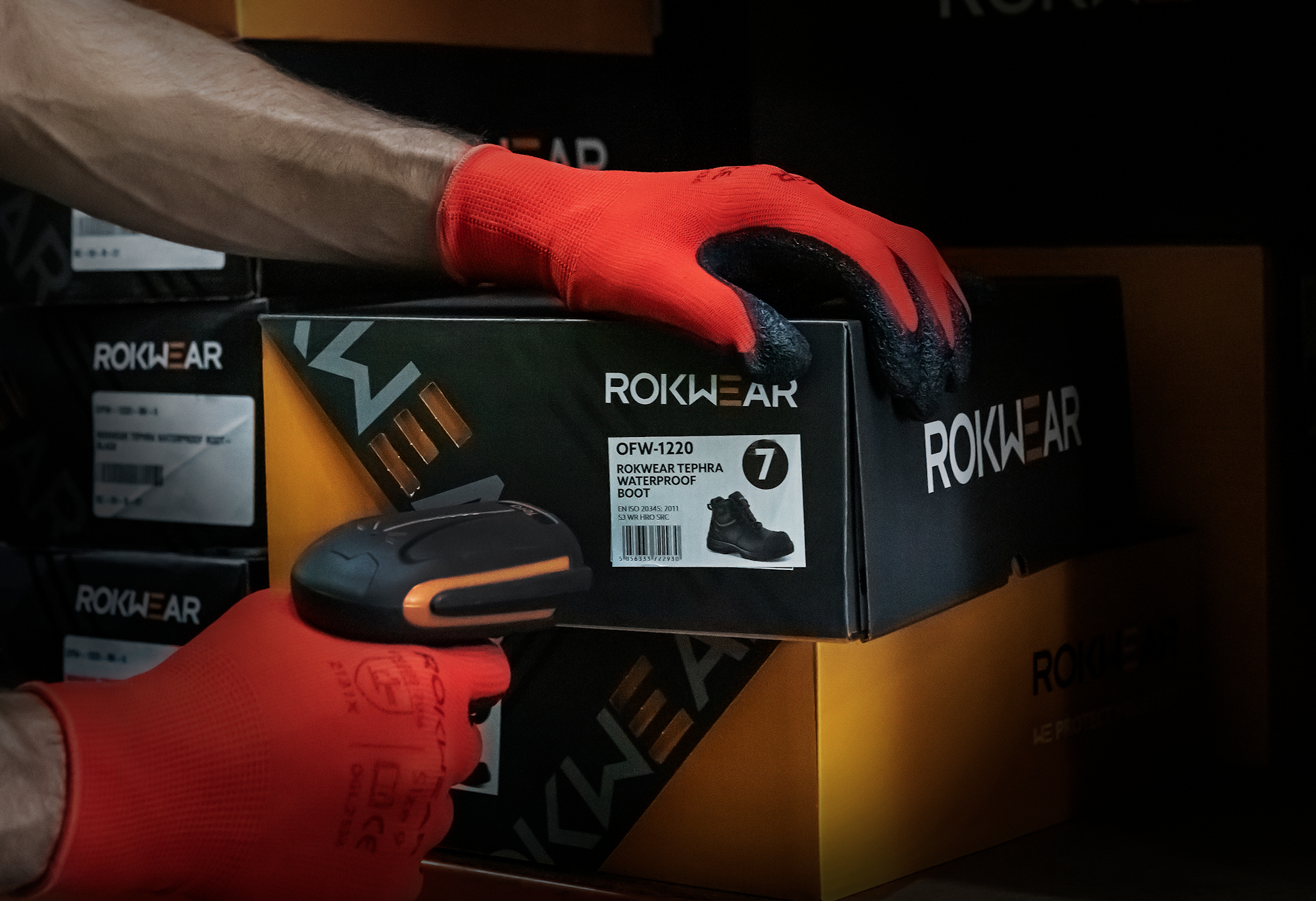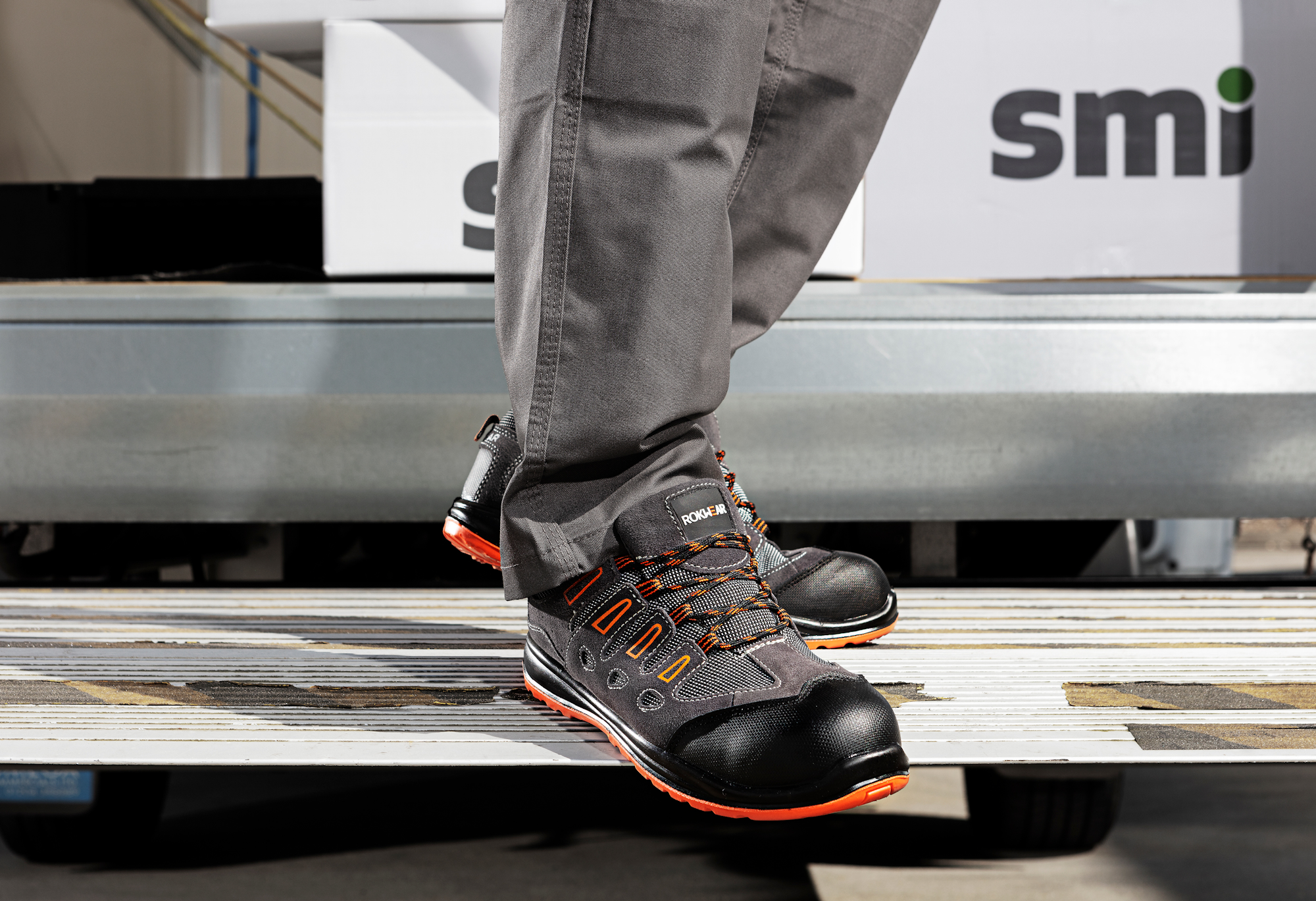Top 3 Warehouse Hazards and How to Fix Them
5 minute read

SMI has been supporting Warehousing and Logistics clients since its inception in 1981. As part of our service to the sector, we have been privy to insight into the key challenges that operatives in the industry face every day and the critical importance of staying safe and pre-empting and managing the work-related safety challenges that our customers face.
As a result, we have developed bespoke PPE, safety and workwear specifically for the industry, in conjunction with global research to identify and secure innovative and market-leading protection for the sector.
As our Warehousing and Logistics customers are only too aware, the sector poses significant safety challenges in terms of ensuring that operatives can carry out their roles without risk of accident or incident. While it is not possible to fully mitigate these risks, what has become more and more evident is that, with the right protection, operatives are able to avoid the most common hazards and stay safe.
With that in mind, the following guide presents the most significant risks, with an associated recommendation for protecting from each, as far as possible…

Traffic incidents
Warehouse working involves a great degree of movement – operatives, goods and vehicles are constantly ‘on the go’, transporting items from one place to another, at a hectic pace. As a result, it’s unsurprising that accidents relating to vehicles remain the single most hazardous incident which operatives face. To address this and lessen risk, Warehouse Managers need to consider how and why such incidents may happen, and take proactive steps to either fully prevent, or mitigate, vehicular accidents. The principle measures which can be taken to ameliorate potential risks from vehicle accidents, include:
- Having delineated pathways for vehicles, which clearly outline boundaries and mark out areas where vehicles can operate safely, without risk of encountering operatives – something as simple as adhesive yellow tape can make the difference between a safe and a hazardous environment
- Training operatives to observe the correct safety measures in terms of accessing delineated traffic paths, and being vigilant at all times to check for vehicular movement
- Equipping vehicles with light and sound, to enable drivers to alert operatives of their presence should it be required
- Training drivers to maintain vigilance in scanning the warehouse floor for potential pedestrian traffic
- Operatives wearing products from our high-visibility range, to maximise drivers’ ability to spot them on-site.
Manual handling continues to pose a risk to operatives
While training for Manual Handling has vastly improved over the past few years, this is regarded by the Health & Safety Executive to be the second most hazardous issue for our colleagues in the Warehousing and Logistics sector. Operatives are required to manage significant product movement as a key element of their role, and this can often lead to pulls, strains and physical injury due to the weight and volume of products.
To mitigate risk of injury, all operatives require comprehensive training in the correct way to handle products. Recommendations for avoiding accidents at work resulting from Moving & Handling include:
- Training which is practical, enabling trainee operatives to practice correct techniques through workshop-based courses, rather than relying upon theory-based learning
- Ongoing site audits and inspections which verify that operatives are lifting and handling using the correct techniques
- Purchase of all possible aids, such as WAVE machines, for effective movement of products around the warehouse, with associated safety training for each.
- Managing targets effectively to reduce pressure on operatives and enable them enough time to follow safety protocol without ‘cutting corners’.

Slips, trips and falls
Most warehouses feature products which are hazardous if spilled. As a result, operatives face significant challenges in terms of dealing with spills, and ensuring they remain safe when dealing with spillages. SMI has a number of products to assist, including Spill Kits to safeguard staff when managing hazardous chemical spills, and first aid kits to support immediate attention should spills occur.
The correct Safety Footwear is key to avoiding workplace accidents involving slips, trips and falls. Ill-fitting or non-compliant products reduce morale, and also potentially impact safety as operatives navigate challenging terrain, work at heights or deploy hazardous machinery. We have created a guide to ensure that you equip your workforce with complaint and durable safety boots, which enhance, rather than detract from, their performance on the working environment. Our two best sellers that are highly recommended are:
- Tephra Waterproof Boot – 100% metal-free, waterproof & breathable membrane lining with composite reinforced midsole protection. Its honeycomb gel insole provides excellent wearer comfort.
- Rokwear Basalt Composite Trainer – It comprises a dual-density PU sole and features a shock-absorbing heel, water-resistance and they’re extremely lightweight.


Conclusion
While Warehousing & Logistics teams do face multiple safety challenges each day in their role, the good news is that through effective planning, careful stocking of safety products and enhanced training, operatives can stay safe in the industry. To find out how SMI will support your team to mitigate risks, get in touch with one of our friendly staff members, today.